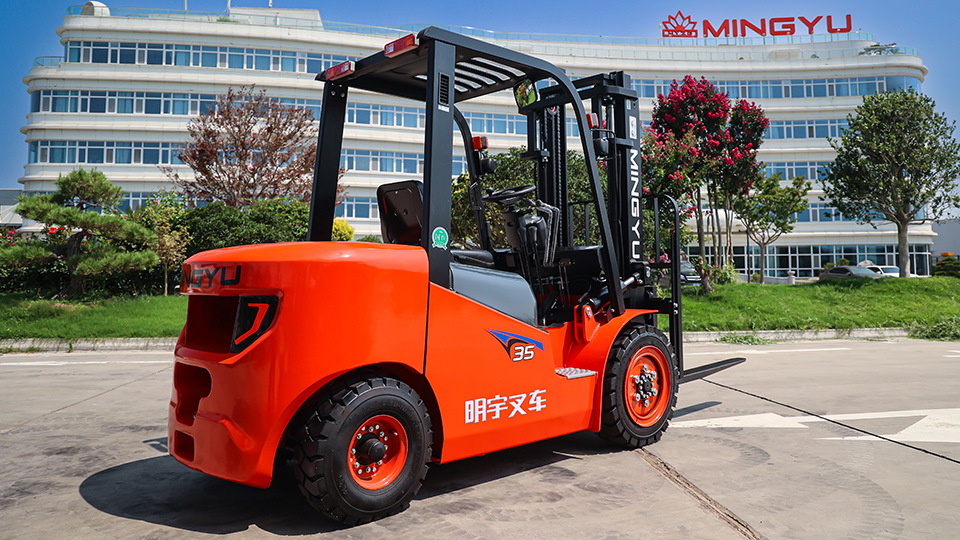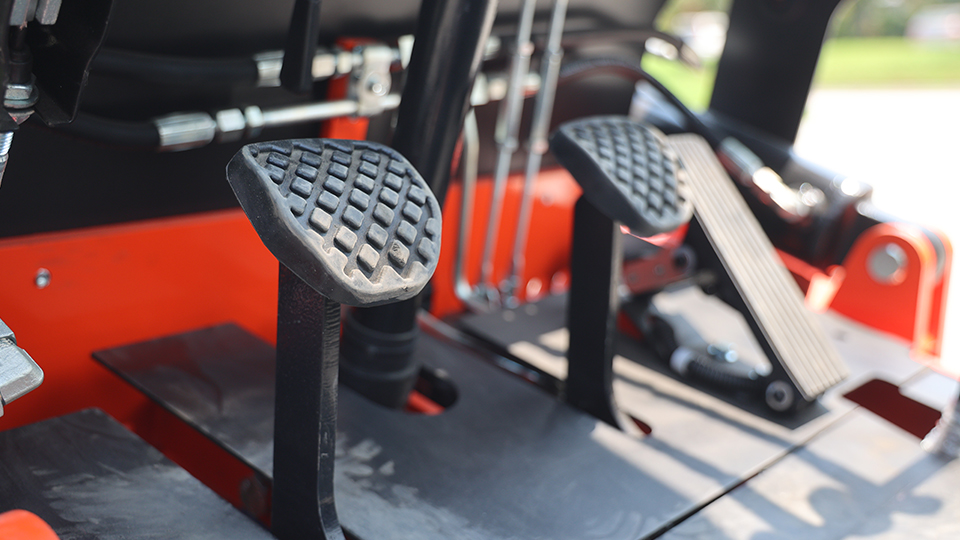
The Variable Duration of Forklift Training: A Technical Deep Dive into Compliance and Competence
The question, "How long does forklift training last?" is one that often receives misleadingly short answers. In a technical and compliance-driven environment, the true duration is not a fixed classroom schedule but a variable function of regulatory structure, operator experience, and the specific equipment/workplace hazards.1
Under the Occupational Safety and Health Administration (OSHA) standards (29 CFR 1910.178, covering powered industrial trucks), the minimum requirement is not a number of hours, but the successful completion of three distinct, mandatory phases. The actual time commitment can range from an accelerated 4-hour single-day session for experienced operators to three or more full days for a novice being certified on complex equipment like telehandlers.
The Three Mandated Phases of Initial Certification
OSHA mandates that operator training must be a successful combination of formal instruction, practical training, and an evaluation.2 The duration of the entire process is the sum of these parts, which must be certified by the employer.
Phase 1: Formal Instruction (Variable Duration: 1 to 6 Hours)
Formal instruction is the theoretical underpinning of safe operation. This phase can be delivered via lecture, discussion, video, written materials, or interactive computer learning.3 Its duration is highly dependent on the format and the trainee's learning pace.

Content Focus:
Truck-Related Topics: Operating instructions, stability principles (the stability triangle or trapezoid), warnings, controls, engine/motor operation, vehicle capacity (data plate interpretation), and maintenance requirements.4
Workplace-Related Topics: Surface conditions, load characteristics (e.g., stacked height, stability, weight), pedestrian traffic, narrow aisles, hazardous locations, and ramp/grade operation.5
Duration Insight: Online, self-paced courses often boast a completion time of 1 to 3 hours. However, in-person, instructor-led classroom sessions, which allow for Q&A and group discussion of complex stability dynamics, typically require 4 to 6 hours to cover the breadth of OSHA-mandated topics effectively.6
Phase 2: Practical Training (Variable Duration: 1 to 4 Hours)
This phase moves the trainee from theoretical knowledge to applied skill. It must include both trainer demonstration and practical exercises performed by the trainee. This is where the highest variability in duration occurs.
Focus: Hands-on manipulation of the specific powered industrial truck class the operator will be using (e.g., Class I: Electric Motor Rider Truck vs. Class VII: Rough Terrain Forklift).
Duration Insight:
Experienced Operators: A skilled operator only requires enough time to familiarize themselves with the specific make/model and demonstrate proficiency. This can be as little as 30–60 minutes of practical exercises.
Novice Operators: Beginners require significant repetition, feedback, and practice to develop the necessary muscle memory and spatial awareness. This often extends the practical phase to 3–4 hours or more per trainee, depending on the number of PIT classes they are being certified for.
Phase 3: Performance Evaluation (Variable Duration: 15 Minutes to 1 Hour)
The final and most critical phase is a mandatory, in-the-workplace, employer-led evaluation.7 The trainer or an experienced third-party evaluator observes the trainee performing a battery of typical tasks.8
Focus: Demonstrating competence—the ability to perform required PIT operations safely and correctly. This includes pre-operation inspections, picking up/setting down varied loads, navigating the actual facility environment, and parking correctly.9
Duration Insight: The evaluation itself is generally brief, typically taking 15–30 minutes per operator once they are deemed ready. However, the time spent preparing for the evaluation (the Phase 2 practice time) is the true variable. The training is not complete until the employer or its qualified agent signs a certification document confirming the operator has been evaluated and found competent.10
⚙️ Key Technical Variables Affecting Total Training Duration
The total elapsed time is fundamentally governed by three non-negotiable variables:
|
Variable |
Impact on Duration |
Technical Rationale |
|
Operator Experience |
Inverse Relationship |
An operator with documented prior experience can often complete the theoretical and practical phases in a single day (4-8 hours total), as they only need to prove familiarity and competence on the new equipment and worksite. Novices require more time for psychomotor skill acquisition. |
|
Equipment Complexity (PIT Class) |
Direct Relationship |
Certification on a standard electric counterbalanced lift (Class I/IV) is quicker than on a Class VII rough terrain telehandler. The latter involves more complex load charts, terrain stability dynamics, and operational features that require extended formal instruction and practical practice. |
|
Workplace Hazards |
Direct Relationship |
An operator in a facility with unique hazards (e.g., chemical storage, high-rack narrow aisles, uneven dock plates) requires additional, mandatory instruction time focused specifically on mitigating those risks, which lengthens Phase 1. |
♻️ The Mandatory Recertification Cycle (3 Years + Contingency)
The requirement for ongoing training is as important as the initial certification. The initial training is explicitly not permanent.

1. The 3-Year Re-Evaluation Cycle
A forklift operator's certification does not last indefinitely.11 OSHA regulation 1910.178(l)(4)(iii) requires that each operator’s performance be evaluated at least once every three years.12
Duration: The triennial renewal process typically requires a brief refresher course (1-2 hours) on new regulations and best practices, followed by a mandatory performance evaluation (15–30 minutes). It is focused on confirming that skills have been retained and applied correctly.
2. Mandatory Refresher Training (Contingency)
Crucially, a three-year calendar is only the maximum interval. Refresher training, which triggers a new evaluation, is immediately required under the following conditions:
Unsafe Operation: The operator has been observed operating the PIT unsafely.13
Accident/Near-Miss: The operator has been involved in an accident or near-miss incident.14
New Equipment/Work Conditions: The operator is assigned to a different type of truck, or a condition in the workplace changes (e.g., new racking system, different inventory type) that affects safe operation.15
In these instances, the duration is variable, consisting of whatever formal instruction and practical practice are necessary to correct the identified deficiency before a successful re-evaluation is signed off.
Conclusion
The "how long" of forklift training is a question of demonstrated compliance, not clocked hours. While accelerated programs may advertise a 4-hour completion for an experienced driver focused on online theory and a brief practical check, a safety-conscious, comprehensive program for a true novice often spans one to two full days (8-16 hours) to adequately cover all three regulatory phases and ensure genuine operational competence on the specific equipment and worksite. The clock effectively resets every three years, or immediately upon any observation of unsafe behavior.
Name: selena
Mobile:+86-13176910558
Tel:+86-0535-2090977
Whatsapp:8613181602336
Email:vip@mingyuforklift.com
Add:Xiaqiu Town, Laizhou, Yantai City, Shandong Province, China